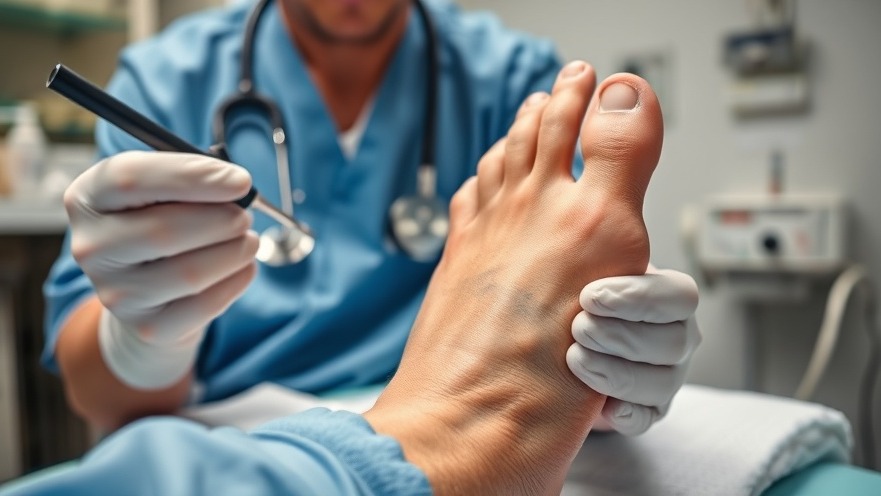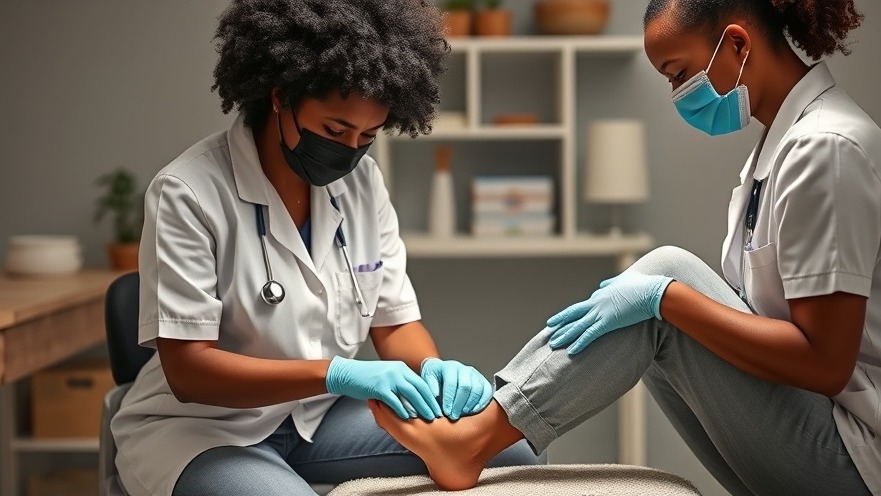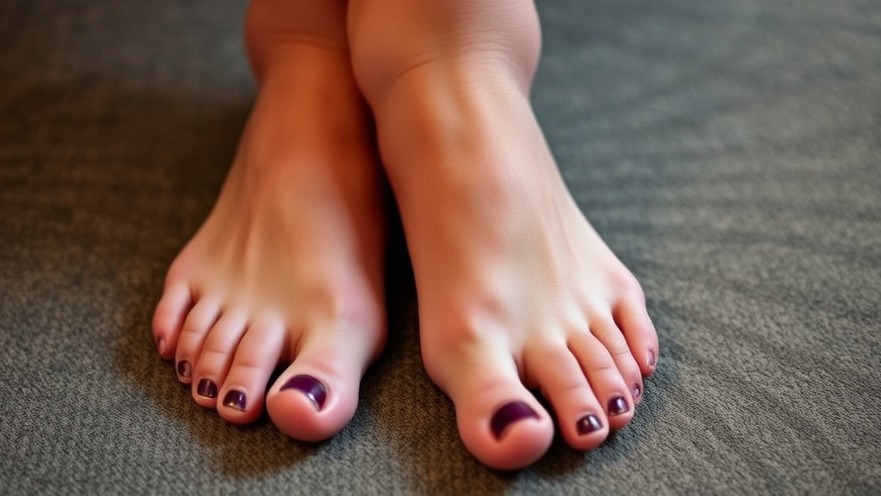
Understanding the Basics of Diabetic Foot Ulcer Care
Diabetic foot ulcers are a significant concern for patients living with diabetes. As demonstrated by Dr. Hillary in the video "Diabetic Foot Ulcer Debridement: Wound bed & Peri wound explained", proper wound care is vital for effective management and recovery. Debridement, the process of removing dead, damaged, or infected tissue, is crucial when addressing these painful and potentially debilitating injuries. Without it, complications may arise that can affect mobility and lead to further health issues.
In "Diabetic Foot Ulcer Debridement: Wound bed & Peri wound explained", the discussion dives into the critical process of debridement for diabetic foot ulcers, revealing key insights that sparked deeper analysis on our end.
Why is Debridement Important?
In the video, Dr. Hillary emphasizes the importance of debriding white or devitalized skin surrounding a wound, particularly in cases where circulation is compromised. This step is essential to expose the wound bed, which can then be treated appropriately. For diabetic patients, where even minor injuries can become serious concerns due to their poor healing capabilities, timely debridement can significantly enhance recovery chances.
Recognizing the Periwound Area
The periwound area, as explained by Dr. Hillary, refers to the skin surrounding the actual wound. In the case presented, the periwound area exhibited signs of maceration, indicating excessive moisture and potential risk for further skin breakdown. Similar to diaper rash, this condition requires careful management to prevent complications. Gradually drying out this area helps expose new tissue, promoting healing throughout the overall foot care process.
Interlinked Conditions: Diabetes and Foot Care
Diabetes complicates foot health through reduced blood flow and sensitivity, meaning that even a small blister can result in significant issues. Dr. Hillary’s patient demonstrated brittle diabetes combined with circulation issues—common afflictions that require diligent attention to foot care. This illustrates the direct connection between systemic health and local wound healing—a crucial takeaway for specialists in foot care.
Community Impact: The Role of Specialists
The knowledge shared by Dr. Hillary is not just necessary for individual patients; it emphasizes the role of specialists in managing complex diabetes cases that can lead to amputations or severe disability. Foot care experts must understand the delicate balance of addressing both the wound and ongoing preventive measures, such as managing calluses and promoting good daily foot care practices.
Actionable Insights for Daily Foot Care
To help individuals take control of their foot health, here are some practical insights:
- **Regular Foot Inspections:** Daily checks can help spot any issues early. Look for blisters, cuts, or changes in skin color.
- **Moisture Management:** Keeping the feet dry is paramount in avoiding maceration. Use moisture-wicking socks and well-ventilated shoes.
- **Gentle Cleaning and Moisturizing:** Clean feet regularly, and apply moisturizing lotions to prevent dry skin, especially for individuals with diabetes.
Conclusion: Taking the Next Step in Foot Health
Securing proper foot health for those at risk, particularly diabetics, is more crucial than ever. Regular education and care practices can prevent serious complications and improve quality of life. If you want to ensure the best foot care practices and stay informed about advancements in diabetic foot treatment, consider reaching out to a specialized foot care center for further guidance.
 Add Row
Add Row  Add
Add 




Write A Comment